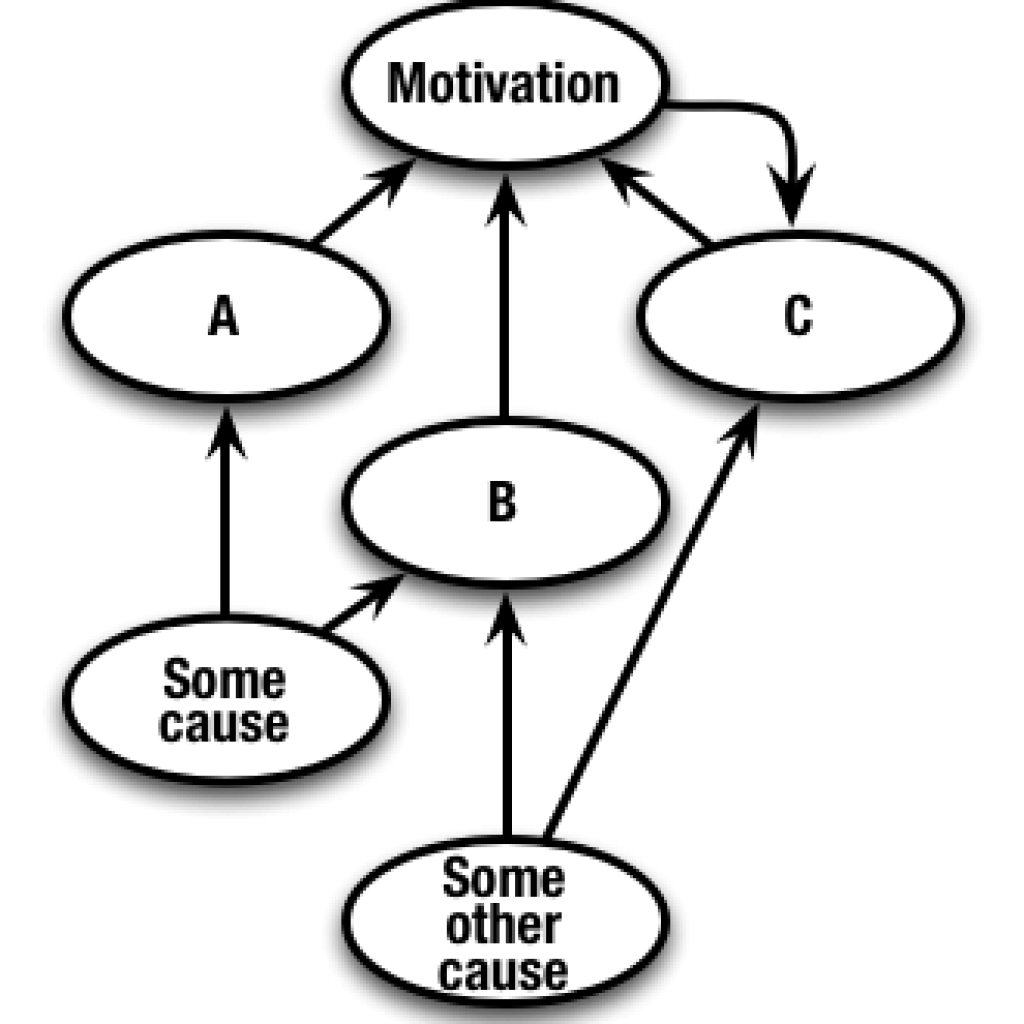The Six Conditions for Change
The presentation takes heavy inspiration from the work of Clare Graves (a collection of his articles can be found on this site that collects Clare Graves’ papers), a psychologist who spent a big part of his life doing research on change and human evolution.
His thesis is that change is a reaction to changing Life Conditions, an evolution needed to adapt to the environment we’re living in. As the environment changes - for example for an IT company a fiercer and more global competition - we need to search for new solutions we did not have before as the problems to solve are different.
Graves found that, in order to enable change, six conditions have to be there:
- There has to be the potential for the change, i.e. the person or the people involved in the system need to have the necessary skills and basic knowledge to be able to change
- There have to be solutions for the problems of today, else the system will be too busy in searching solutions for the current problems and will not use the necessary energy on the search of the new solutions needed for the new problems.
- There has to be enough dissonance to perceive that the solution we know won’t work for the new kind of problems, hence we need to search for new ones
- There are barriers we see and understand: a clear enemy to fight against
- There are insights, glimpses of new solutions that reassure us we’re on the right track
- At last, there is something in place to consolidate and stabilise the new solutions.
If one or more of these conditions are not fulfilled, change is unlikely to happen, i.e. we’ll get resistance from the client.
These six conditions are a great analysis tool when starting a coaching activity: does the client have these basic pre-requisite in place or do we have to do something in some of these cases?
Typically in the software development world there is a lack of clear solutions for the current problems. An example: recently I dealt with a client who is searching for a PMI like solution for project management, one that gives them clear control over their development activities, because at the moment they have nothing in place that helps them understand how their projects are going. As per condition 2 - Solutions - until they have implemented a solution they reckon should have solved their problem and they realise that, in fact, it doesn’t, they will not be open to discuss anything about agile project management.
Another typical scenario is when a team new to agile starts to “get it” and delivers: if the organisation will not guarantee condition 6 - Stabilisation and Consolidation - for example by not defending the team’s specialty in the organisation, there are high chances the team will revert back to the old way of doing things.
So what is the status of these six conditions in the organisation you’re working with or in?
One final topic: in the beginning I put “coaching them to agile” in quotes. If you agree on my view that coaching is supporting your clients in exploring new options, then it is not possible to coach somebody to something, but rather let somebody reflect on a certain topic and explore other behaviours that were previously impossible. If you “coach somebody to something” this is mentoring or even using force!

